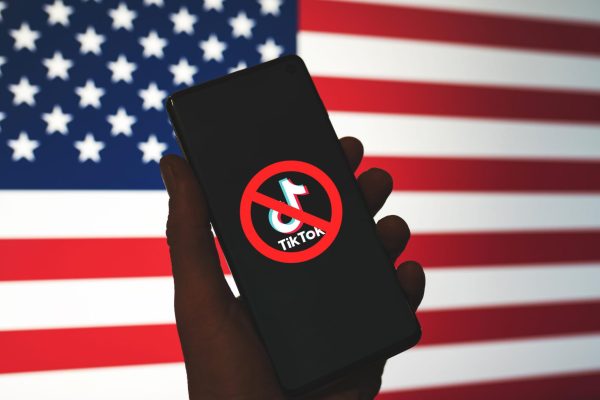Make It Shine – The Radium Girls

March 28, 2023
The Radium Girls are not some up and coming rock band; they are hundreds of women with perfect hands for painting small watches during the start of WW1. While it may seem like an insignificant historical event, the Radium Girls really showed the danger of exposure to radiation and how their bosses didn’t care for their employees well being. They only cared about making money.
Around 1900, Marie Curie and her husband discovered the element known as radium. Curie did extensive research and countless experiments with the substance leading her to suffer radiation burns and ultimately die from radiation exposure. With only the little research done by Curie, there was not much information on the safety of using radium and the effects of human interaction. But what the people did know was that it was very shiny. Anything it came in contact with would glow a bright green color and it was very useful in some devices. For the wealthy population, it was highly desirable. Someone discovered that you could paint the numbers on dials for war ships and planes making it much easier to see. Soon enough, hundreds of delicate handed women were employed to paint these dials using radium. They ensured that it was safe to work with and paid well, especially during that time.
The job was easy and harmless, or so they thought. Women used fine tip brushes to brush radium onto the spots they were supposed to go. For the smallest dials, they were instructed to use their lips to bring the paint brush to a fine tip to make the painting better. These women became known to the public as “ghost girls” as the radium made their clothes, hair and skin glow. The woman grew addicted to radium, wearing their best dresses so they would glow as well. They even painted their teeth with straight radium to watch them glow. This daily exposure was killing them from the inside out. But of course, they didn’t know this as they still believed radium was safe. Eventually, physical symptoms started to show.
The first victim was named Amelia Maggia. She had gone to the doctor for a toothache and had the tooth pulled. Later that same week, the spot where the tooth once was soon filled with painful ulcers, bleeding and full of puss. It only got worse as this mysterious illness spread to all of her teeth, lower jaw (which was later removed), and the rest of her body. She died September 12, 1922. No one knew how she had died. It was a mystery to doctors. But soon after her death, hundreds of the girls started falling ill due to the same thing. The companies denied any connection to all the deaths. The companies paid for many private studies which came back with mostly the same conclusion that radium was dangerous. Every study that said it was safe was shared with the public and the issue was dismissed. The girls continued to fall deathly ill and the death toll was steadily increasing. In 1925, Harrison Martland did his own extensive research and realized that the radium was poisoning the watchmakers. When the big corporations found out, they tried to discredit his findings but he had all the Radium Girls behind him. Most were on the verge of death, just wanting to make the lives of their fellow girls better. The court case was taken up in 1927 but with most witnesses dying after a few months in court, they settled for an out of court settlement. For the next 10 years, girls continued to die in this occupation until 1938 when Catherine Wolfe Donohue successfully sued the radium companies.
The legacy of these women are unmatched. Their case was one of the first in which a company was held responsible for the health and safety of its employees. Their work led to many reforms such as the creation of the U.S. Occupational Safety and Health Administration. We don’t learn about these women in school, but their legacy will not be forgotten.
Sources:




































